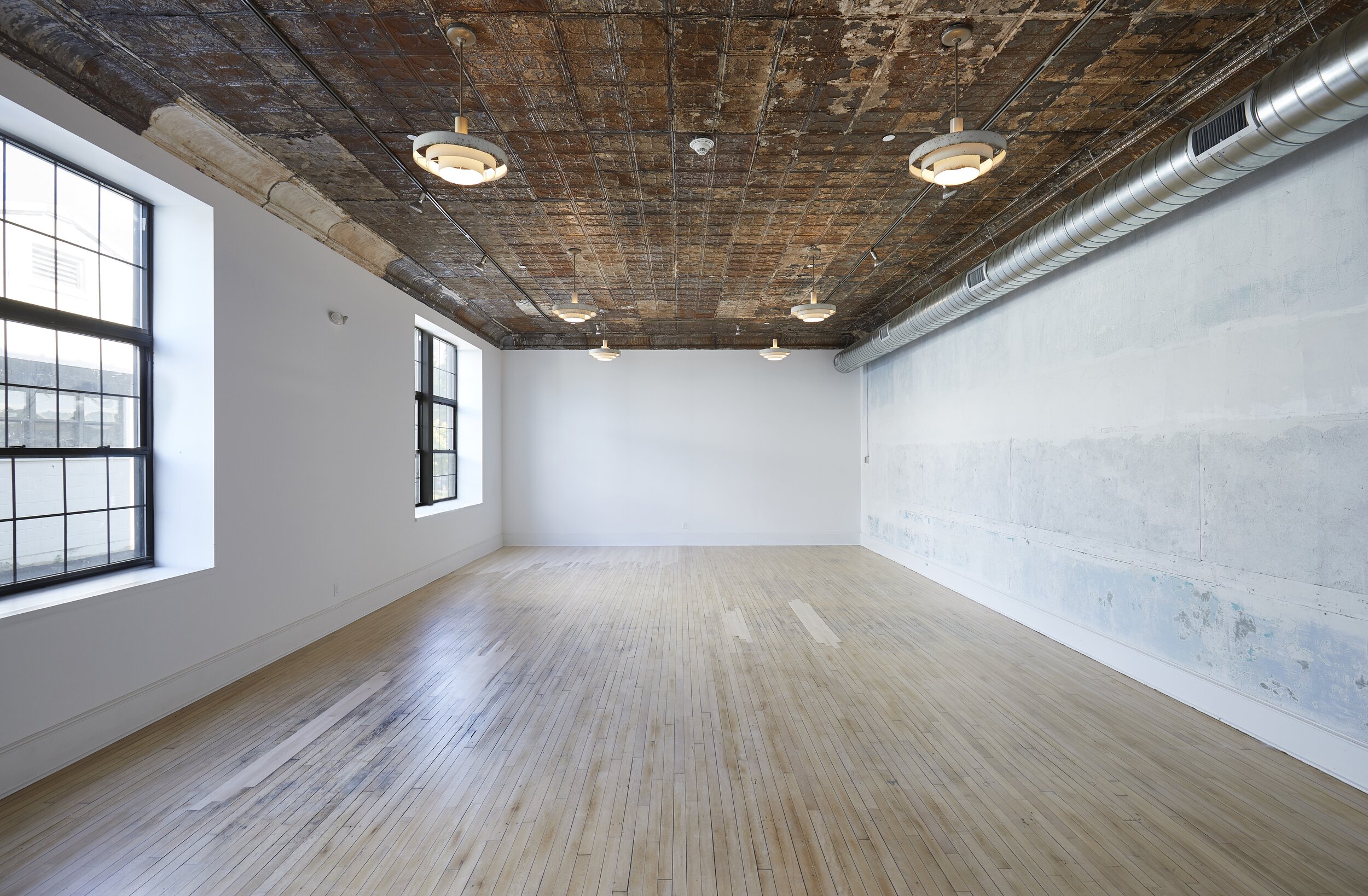
THEATER GALLERY
Murray Hochman: New Dimensions
Curated by Kikuo Saito Studio
4 Mar. – 7 May 2023
For nearly 60 years, Murray Hochman has explored the possibilities of light, color, geometry and gesture, using lacquer spray paints and solvents to build subtle, richly layered surfaces on canvas and paper. The last several years have been a period of intense experimentation, including the use of new materials.
This exhibition of Hochman’s newest work also includes sculpture, his first foray into the third dimension since his study of ceramics in graduate school. In a series created from materials collected at the local dump, he turns plastic waste into arresting assemblages—sumptuous wall reliefs and free-standing sculptures—along with glittery still lifes. The results range from the playful to the sublime, underscoring the tension between the discarded base materials and their seemingly alchemical transformations. This transformation is filtered through Hochman’s acute perception of surface and lifelong exploration of materials.
About Murray Hochman
Murray Hochman is a self-taught painter who has developed a significant body of work over the course of nearly six decades. Born in 1934 and raised in an immigrant family in New York City’s Lower East Side, on school days, Hochman could often be found at pool halls with his friends, at Broadway shows, or the then-empty galleries of uptown museums. In the early 1950s after graduating High School, he was drafted into the Korean War and stationed at Kaiserslautern, Germany for what was to become one of the most formative periods of his life. He toured Europe, was introduced to world literature through Ivy League army buddies, and had his first encounter with ceramics at an army base crafts class.
After returning to the states, Hochman attended New York University through the GI Bill. He earned first a degree there in art history, then completed a master’s degree at Alfred University, in Upstate New York, in their well-known ceramics department.
Upon graduation in the 1960s, Hochman went back to New York City and quickly turned to painting. But his fascination with surfaces, which started with ceramics, remained evident in his work, combined with a bold and curious approach to materials.
One aesthetic influence has been the Japanese concept of wabi sabi, which exalts the unstudied—often overlooked—beauty of common objects: seeing perfection in the imperfect and the impermanent. Though it defies easy translation, wabi sabi has been described by writer Leonard Koren as “materiality, pared down to essence, with the poetry intact.”
Elements of wabi sabi are visible in many of Hochman’s distressed surfaces—layers of paint dissolved by solvents and then scraped off to reveal the complexity of what lies beneath. The material essence of wabi sabi can also be seen in his surprising use of plastic bottles and empty spray paint cans as free-standing sculptures—ordinary objects that suddenly take on new vitality and dimension.
Hochman is a minimalist at heart, but elements of abstract expressionism and pop art continue to surface. A recent series of paintings, for example, incorporate images from magazines, paint chips and pages from children’s coloring books, which energize the geometric foundations of his work and combine formal and informal elements.
Though his early paintings were recognized by leading galleries and collectors, Hochman has kept himself largely removed from the art establishment, letting his own processes, both internal and external, and his materials shape his work. In 2012, he opted to leave his studio in New York City, and has continued his work from a converted barn in the Berkshire Hills of Massachusetts.
Murray Hochman, Untitled 1 (2023), Plywood, plastic and aerosol paint, 21.5″ × 10″ × 10″
Photography by Giles Prett

